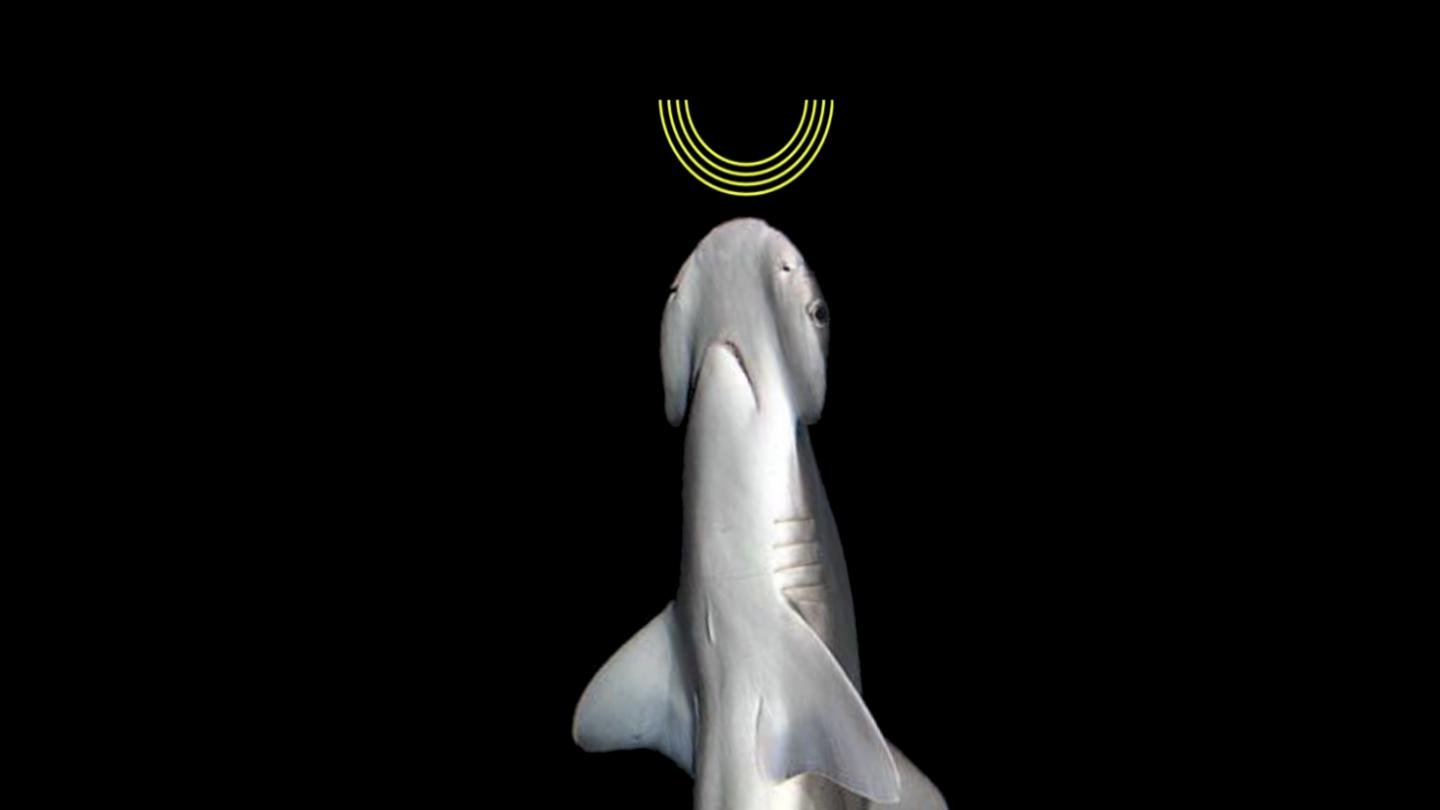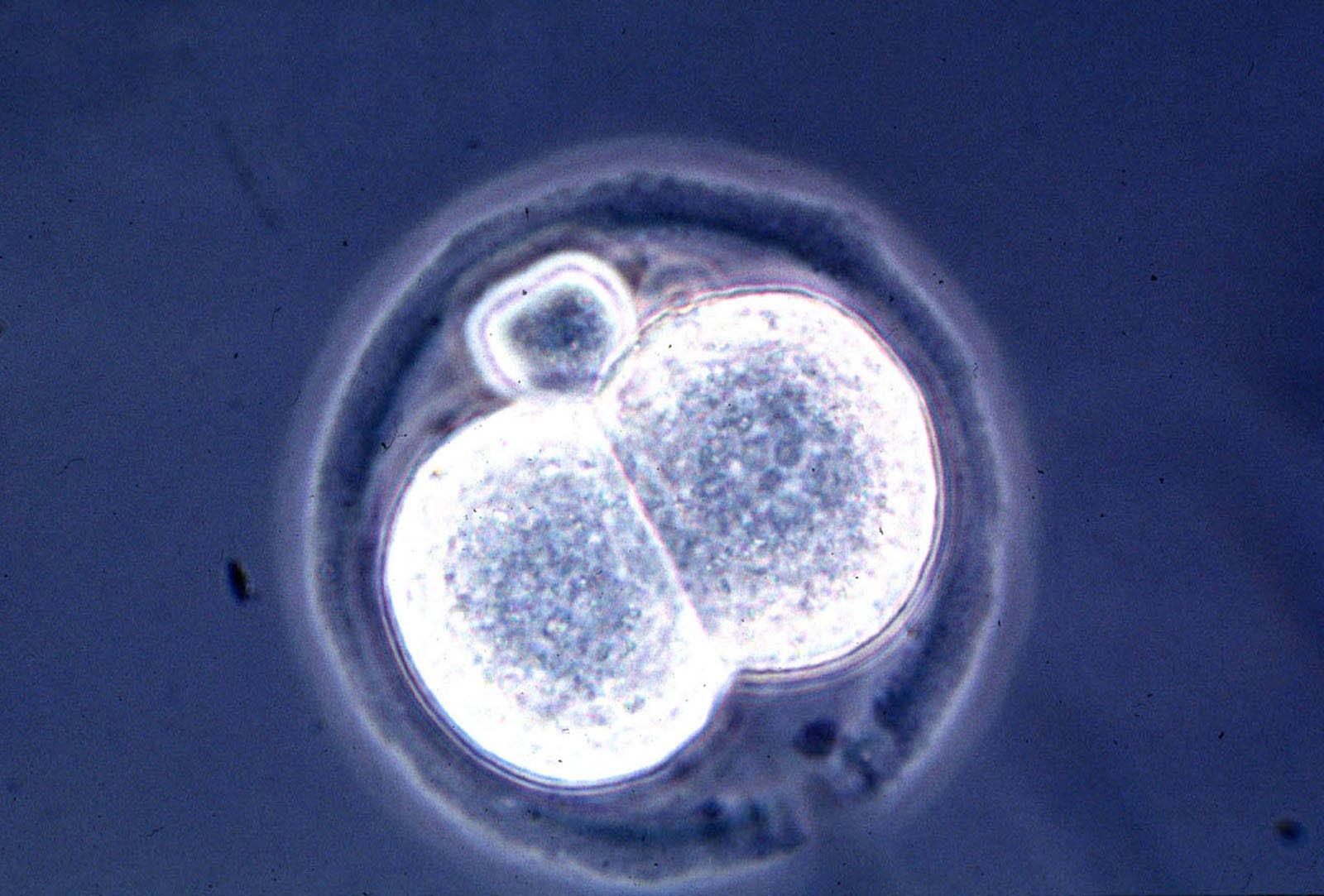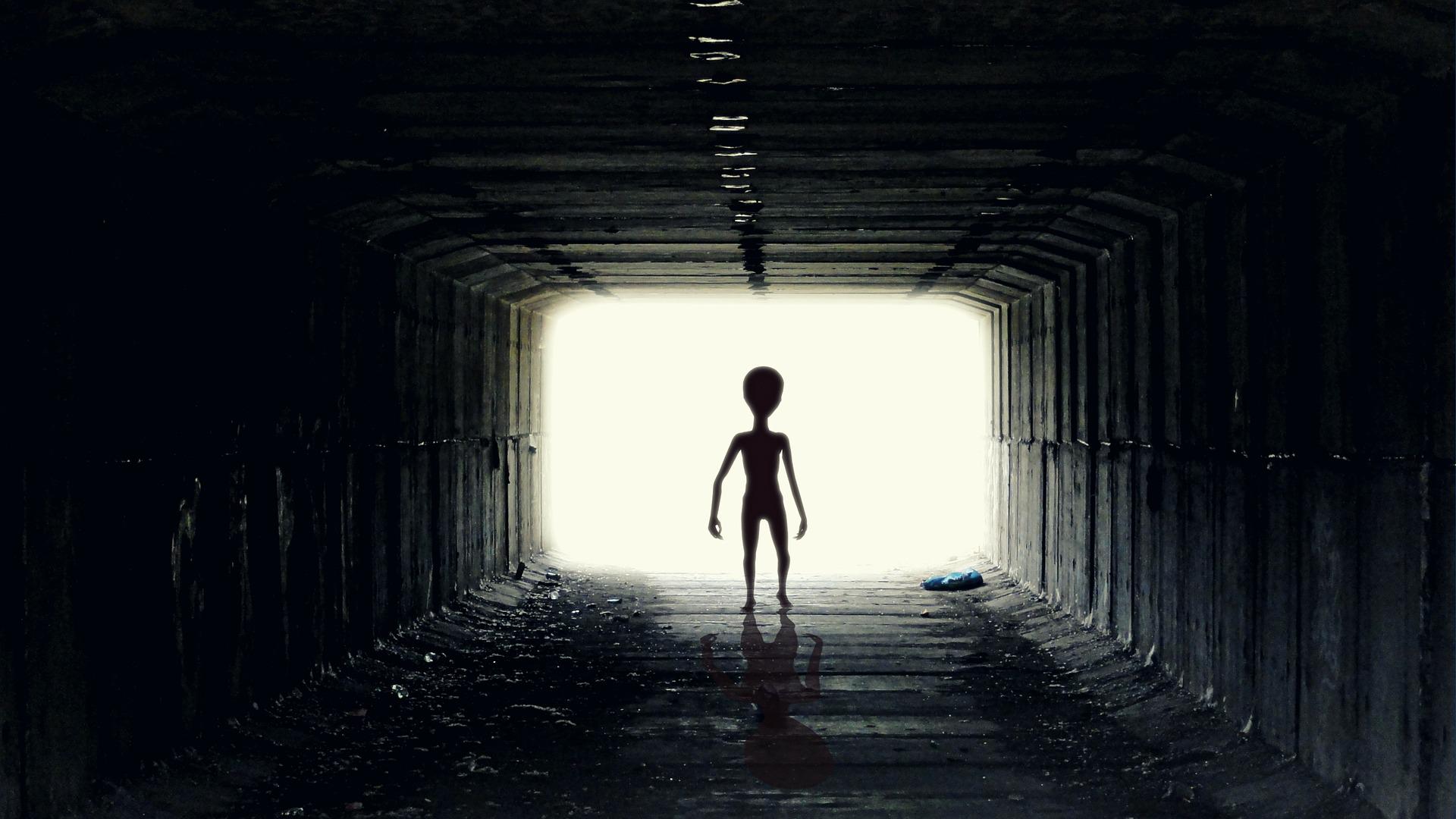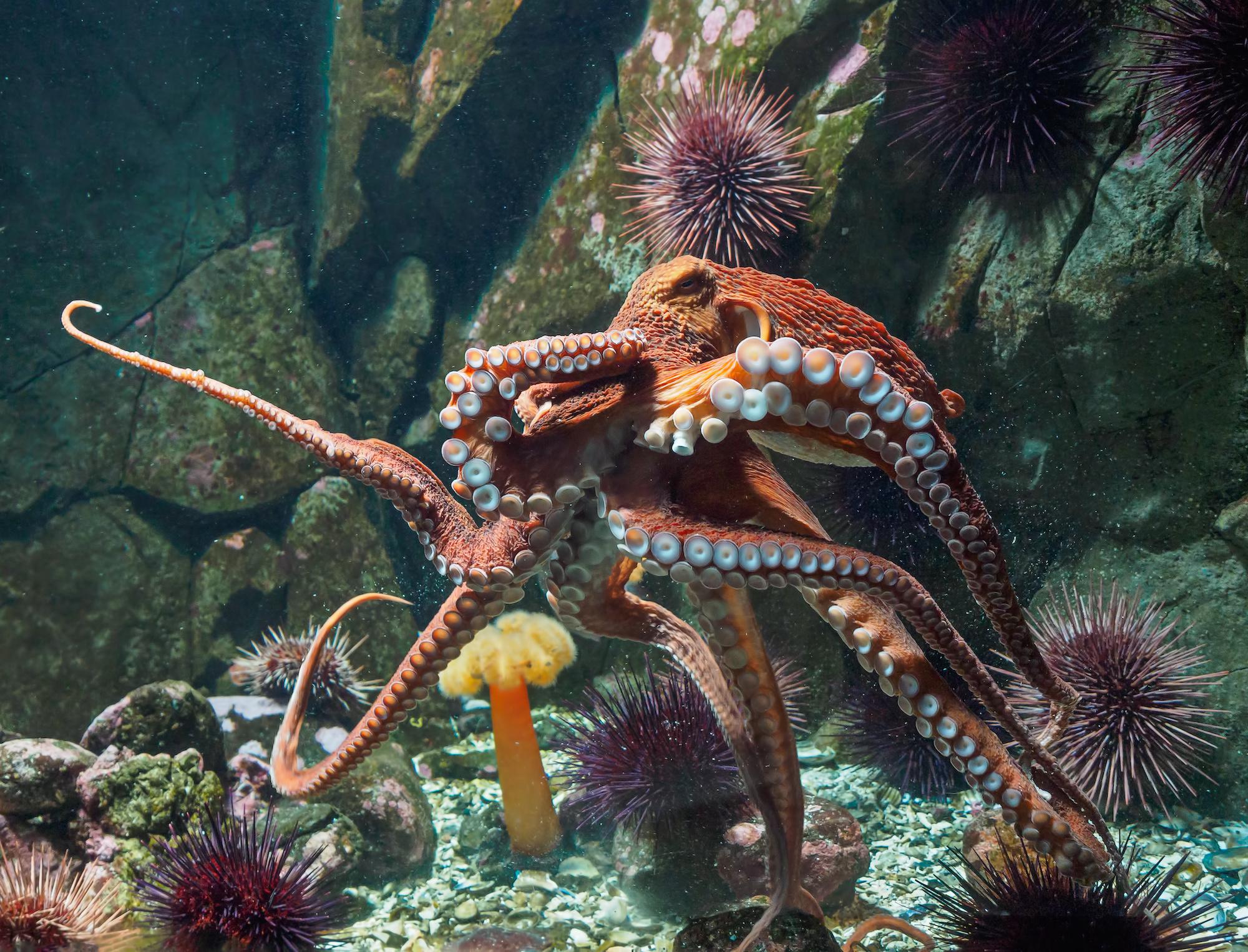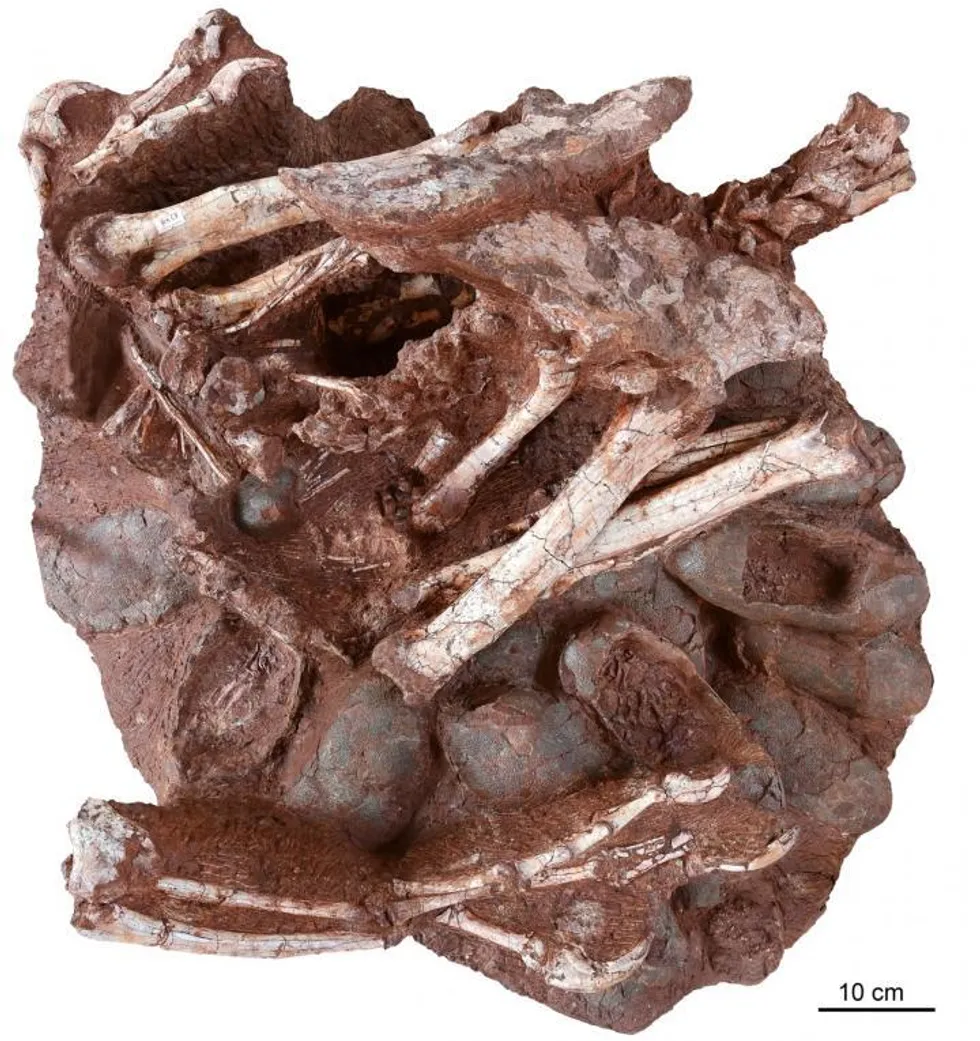animals
A school lesson leads to more precise measurements of the extinct megalodon shark, one of the largest fish ever.
Researchers develop a fungus that kills mites that contribute to honey bee Colony Collapse Disorder.
Mastodons, rhinos, and even camels — all in the great state of California.
Some wild animals thrive near humans, but only up to a point.
Life finds a way — in this case, by smelling like death.
The Vertebrate Genomes Project may spell good news for the kakapo and the vaquita.
It’s time to rethink how satellites and other objects are made and eventually destroyed.
▸
5 min
—
with
“The question is which are okay, which are not okay.”
▸
14 min
—
with
A simple trick allowed marine biologists to prove a long-held suspicion.
This spring, a U.S. and Chinese team announced that it had successfully grown, for the first time, embryos that included both human and monkey cells.
Roughly the size of a thumbnail, this newly discovered toadlet has some anatomical surprises.
The size of rabbits and hares has long been evolutionarily constrained by competitors roughly their size.
A study from Carnegie Mellon University tracks the travels of tarantulas since the Cretaceous period.
A newly discovered coronavirus — but not the one that causes COVID-19 — has made some dogs very sick.
The ‘Monkeydactyl’ was a flying reptile that evolved highly specialized adaptations in the Mesozoic Era.
A recent study analyzed the skulls of early Homo species to learn more about the evolution of primate brains.
Ultimately, this is a fight between a giant reptile and a giant primate.
Snakes and mammals share common genetic building blocks necessary for producing venom.
We can’t ask them, so scientists have devised an experiment.
Biologists use commonly-found insects that engage in cannibalism to prove a key evolutionary concept.
Humans are more likely to have “first contact” with an advanced alien civilization, according to a recent NASA-funded paper.
Digitized logbooks from the 1800s reveal a steep decline in strike rate for whalers.
“Don’t tread on me” is a slogan of the deep sea, too.
555-million-year-old oceanic creatures share genes with today’s humans, finds a new study.
Fossils of ancient creatures doing anything are rare. This one is absolutely unique.
The bizarre discovery could pave the way for advances in regenerative medicine for humans.
If we lose our pollinators, we’ll soon lose everything else.
Research reveals a new evolutionary feature that separates humans from other primates.
What makes some people more likely to shiver than others?









